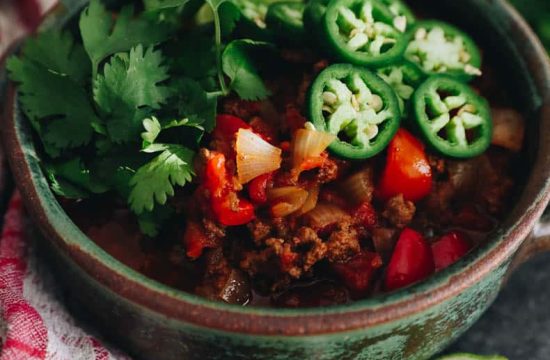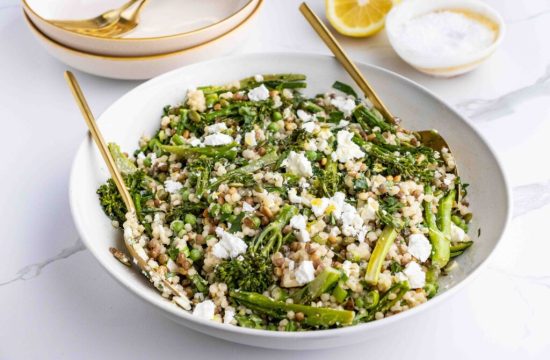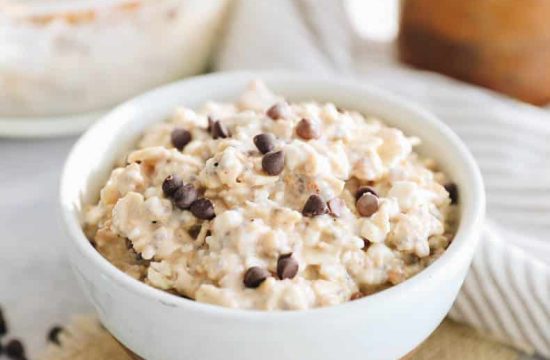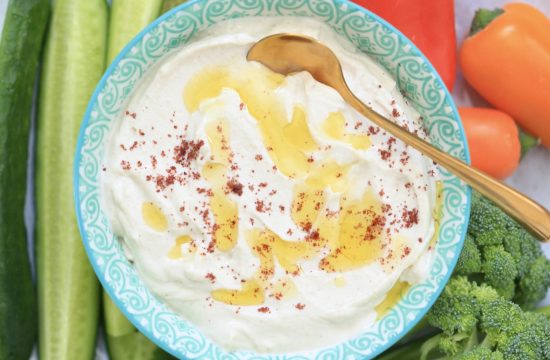Article by Dr Raghuram Y.S. MD (Ay) & Dr Manasa S, B.A.M.S
Temporomandibular Joint Disorders refer to more than 30 conditions affecting the jaw joint or temporomandibular joint. Apart from this joint, the disease also affects the muscles and ligaments surrounding these joints. The person finds it difficult to open or close his mouth due to stiffness in the afflicted joint. Other symptoms include pain in the jaw joint, tenderness, discomfort in the jaw, difficulty to speak and chew food and headaches. In some conditions, the patient may also have pain in the neck, shoulder, ear and tooth.
‘Related Reading – TMJ Disorders – causes, symptoms, prevention and treatment’
TMJ Disorders: Ayurveda Understanding
TMJ diseases can be compared to Hanustambha or Hanugraha explained in Ayurveda treatises. Just like in TMJ Diseases, people suffering from Hanugraha also find it difficult to open or close the mouth. This is caused due to tightness in the jaw joint – temporomandibular joint. This condition has been explained in the context of Vata Vyadhi. Hanugraha is a Vata disorder. Obviously, the causes of Hanugraha are the same which cause vata aggravation.
‘Related Reading – Hanugraha’
Causes of TMJ diseases from Ayurveda perspective
All vata aggravating causes can be considered as etiological factors for TMJ disorders.
Mainly, excessive eating of vata increasing foods, that too ruksha – dry, khara – rough and kathina – hard foods and excessive exposure to cold is causal.
Shouting, talking or singing loudly and not regularly doing kavala – oral rinsing and gandusha – gargles as indicated in Dinacharya – daily regimen are also important causative factors for TMJ disorders from Ayurveda perspective.
Causative factors mentioned amongst Ardita Nidana too should be considered in this context.
Pathogenesis and analysis of symptoms of TMJ disorders from Ayurveda viewpoint
TMJ disorders manifest with pain, tenderness and discomfort in the jaw. This is basically caused when vitiated vata gets lodged in the TMJ joint. Due to its qualities like dryness, lightness, roughness etc the vata dries up the TMJ joints and makes movements difficult therein. All movements are caused by vata and when vitiated vata afflicts the jaw joints, it makes their movements difficult. As a result, the person finds it difficult to open and close the mouth. This makes speaking, chewing and swallowing difficult.
Hanu Sandhigata Vata
TMJ diseases can be considered as Hanu Sandhi Gata Vata i.e. aggravated cata getting localized in the TMJ joints and causing symptoms similar to any sandhigata vata. This condition has not been mentioned in Ayurveda. I have used this term for better understanding the pathogenesis of TMJ disorders from an Ayurveda viewpoint. Symptoms of Sandhigata Vata are – destruction of joints, TMJ in this instance, pain in the afflicted joint and sounds manifested in the afflicted joints due to excessive dryness caused therein due to affliction by Vata. All these symptoms are also present in TMJ disorders.
Since the muscles, tendons and ligaments around TMJ too will be affected by Vata, we can also consider Snayugata and Mamsagata Vata taking place in and around the TMJ joints.
Treatment principles of TMJ Disorders
Nidana Parivarjana – As a golden principle, all causative factors and triggers shall be avoided.
TMJ disorders can be treated on the lines of the below mentioned conditions –
– Hanugraha
– Vata Vyadhi
– Ekanga Vata
– Ardita
– Vataja Shiroroga
Beneficial external therapies
– Abhyanga – herbal oil massage with vata mitigating oils
– Sweda – sudation / fomentation with pinda sweda, nadi sweda, upanaha sweda
– Lepa – application of pastes of medicines which would mitigate vata – like Dashanga lepa, Shuntyadi Lepa, Grihadhumadi Lepa
All these therapies would relax the TMJ joints and improve flexibility therein. They would collectively reduce swelling and stiffness of TMJ joints.
Kavala and Gandusha with vata mitigating oils or ghee should be used regularly to strengthen the TMJ joints by those who have recovered from TMJ disorders. This would help in preventing the recurrence of TMJ disorders. Tila Taila, Go Ghrita and Ksheerabala Taila are useful in this direction.
Beneficial Panchakarma therapies
Nasya – nasal instillation of medicated oil helps in strengthening the TMJ joints and preventing recurrences. Ksheerabala Taila 101, Anu Taila, Shadbindu Taila, Karpastastyadi Taila or Mahamasha Taila shall be used for Nasya. Pratimarsha Nasya too will be beneficial and can be practiced as a part of Dinacharya.
Vasti – Inn chronic and stubborn conditions, TMJ shall be treated with Vasti, skilfully programmed by the physician. Mainly Sneha and Brimhana Vasti are useful. Matra Vasti might become a gamechanger for those suffering from chronic TMJ disorders. Guggulu Tiktaka Ghrita, Ksheerabala Taila, Mahamasha Taila should be used for Vasti.













